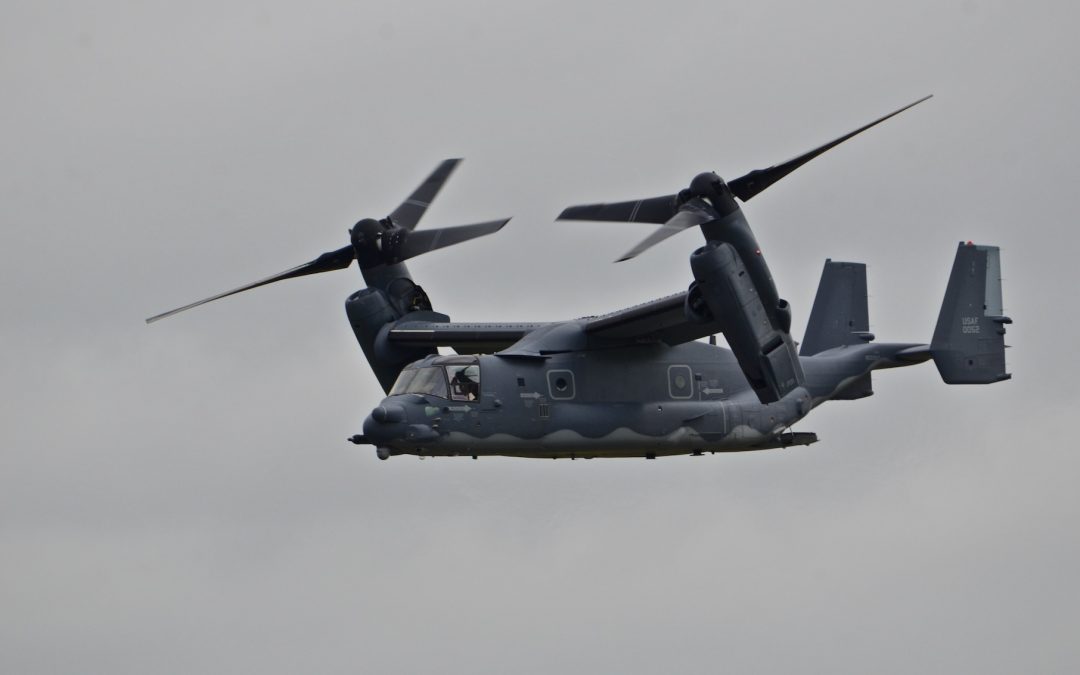In recent years, a new trend has emerged in US Military aviation: a growing number of operational aircraft are flying without any visible markings. Gone are the days when aircraft displayed their serial numbers and unit insignias proudly on their fuselage for all to see. Now, these aircraft blend into the sky, making it difficult for observers to determine their origin or purpose.
The reasons behind this new trend are not entirely clear. Some speculate that it is part of a larger effort to increase operational security and reduce the risk of enemy detection. By removing visible markings, the hope is that potential adversaries will have a harder time identifying specific aircraft and tracing them back to their home base or unit.
Others suggest that the move towards unmarked aircraft is simply a response to changes in the nature of modern warfare. As conflict has shifted from traditional battles between nation-states to more asymmetric forms of warfare, the need for stealth and deception has increased. Unmarked aircraft may be better suited to these types of operations, where the element of surprise can be critical.
Whatever the reason, the trend towards unmarked aircraft is not limited to a specific type or branch of the military. Unmarked aircraft have been spotted across the armed forces, from Air Force fighter jets to Army helicopters. Even unmanned aerial vehicles (UAVs) are getting in on the act, with some drones now flying without any visible markings.
The use of unmarked aircraft is not without controversy. Some have raised concerns that the lack of visible identification makes it difficult to hold specific units or individuals accountable for their actions. Others worry that unmarked aircraft may be more prone to friendly fire incidents, as they can be mistaken for enemy aircraft.
Despite these concerns, it seems likely that the trend towards unmarked aircraft will continue in the years to come. As the nature of warfare continues to evolve, the military will continue to seek out new and innovative ways to gain an advantage over their adversaries. For now, at least, unmarked aircraft seem to be one of the tools in their arsenal.
Plane spotters who are interested in identifying US military aircraft despite the lack of visible serial numbers can use various methods to do so. Here are some possible ways:
- Use radio frequencies: Plane spotters can use radio scanners to listen to the radio frequencies used by military aircraft. This can provide information about the type of aircraft, its location, and other useful details.
- Look for distinctive features: Even though US military aircraft do not have visible serial numbers, they often have other distinctive features that can help with identification. For example, some aircraft have unique paint schemes, markings, or shapes that can be used to identify them.
- Use flight tracking websites: Many flight tracking websites provide real-time data on the movements of military aircraft. These websites may not provide detailed information about the aircraft type or serial number, but they can give spotters an idea of where the aircraft is going and what it is doing.
- Use aircraft databases: There are several online databases that provide information about military aircraft. These databases may include photographs, technical specifications, and other details that can help with identification.
- Attend airshows and military events: Attending airshows and military events can provide an opportunity to see US military aircraft up close. Spotters can take photographs, make notes, and ask questions to help with identification.
It’s important to note that some methods of identifying military aircraft may require a certain level of knowledge and experience. It’s also important to respect the privacy and security concerns of the military and to avoid trespassing or other illegal activities in the pursuit of plane spotting.
